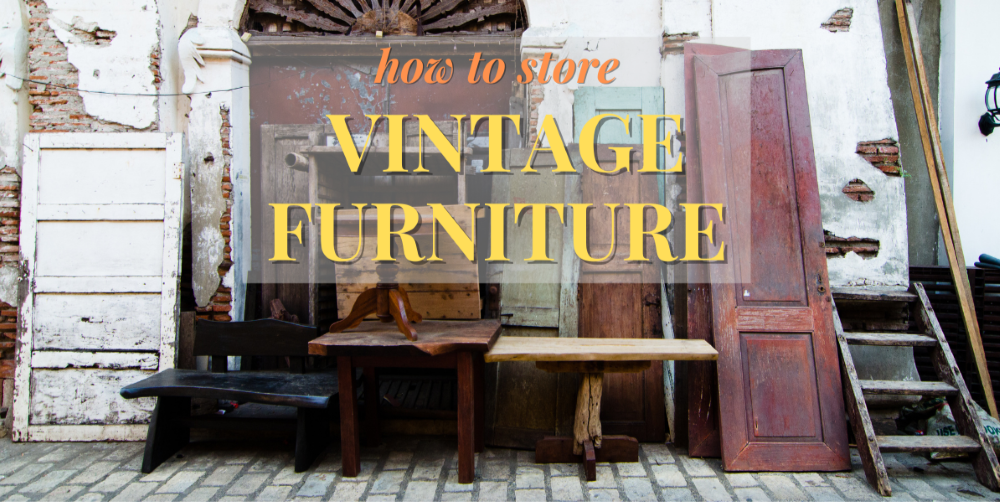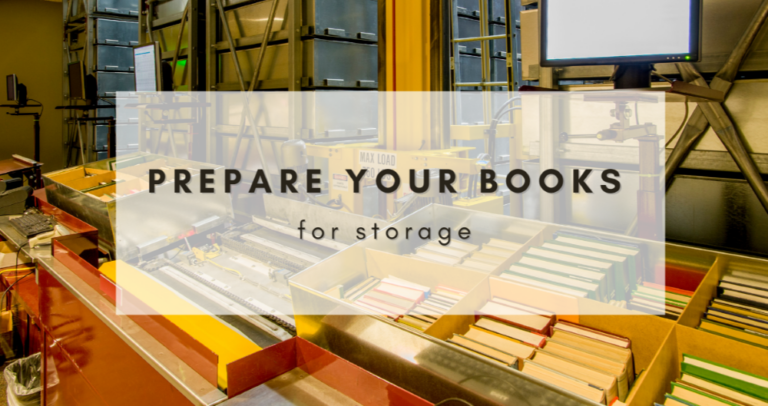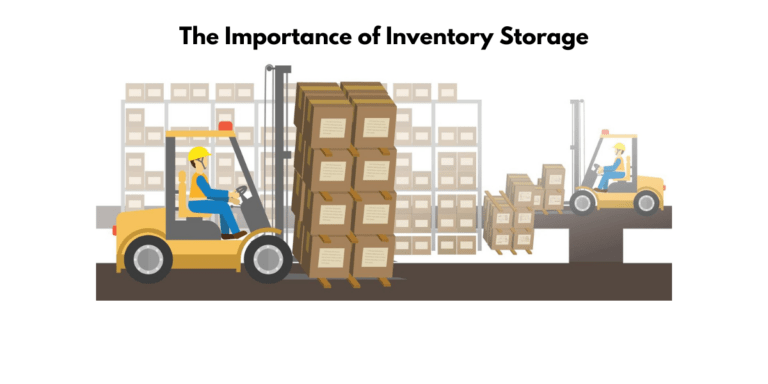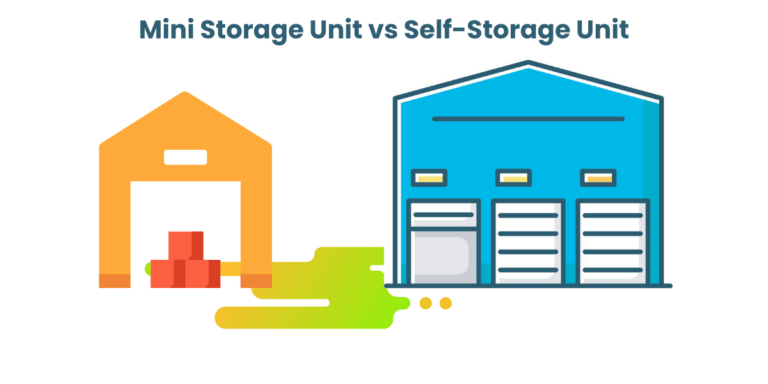How to Store Vintage and Other Antique Furniture in a Storage Unit
Tips on how to store antique furniture
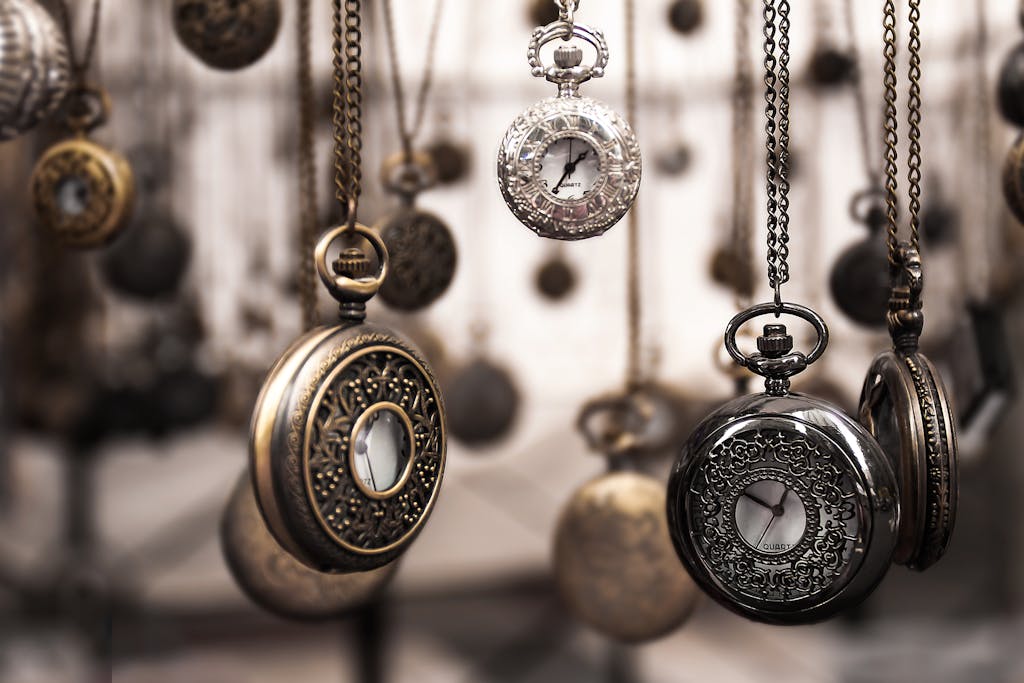
Maybe you are in the middle of a move, and you need to temporarily stow your belongings in a self-storage unit, but you are worried about damaging the antique Victorian vanity dresser your fancy great-grandmother left you. Or maybe, you bought a piece of vintage luggage at a thrift shop but do not really have the space to showcase it at your home yet.
Regardless of the reason why you are storing antique furniture, it would be best if you practiced extra caution to make sure it will maintain its pristine condition and great value – be it sentimental or monetary.
We listed the DOs and DON’Ts of antique storage below:
DO make sure the environment is nothing less than ideal
If you want to avoid committing the biggest possible mistake of storing a piece of vintage furniture, make sure you choose the perfect environment for it. Moisture left in the air, intense temperature, and prolonged exposure to light will permanently damage your vintage furniture.
Do not even think about storing valuable furniture in your attic or basement. Stow it in a climate-controlled room in your home if you have one, or a climate and moisture-controlled self-storage unit if you do not.
DO give your furniture some needed TLC before you move
Since you are taking the time to read the dos and don’ts of antique storage, we are guessing that you stay on top of caring for it. However, it is impossible to keep your pieces of antique dust-free at all times. Give your antiques a thorough wipe-down to get rid of dust or dirt.
There are cleaning solutions specifically made for antique furniture that you can use to make sure you get all the grime off without needing to exert an excessive amount of force that may also damage the delicate furniture.
DO be careful when moving
Any piece of furniture will suffer from inevitable damage if you drop or bang it around during a move. Even the slightest scratch or discoloration will greatly impact the value of your antiques.
Before you start depositing your belongings in the storage unit, check if any parts can be easily detached – like backsplashes or mirrors – to make bigger pieces of furniture smaller and easier to move. After you take the detachable pieces, wrap them with bubble wrap separately before transit.
DON’T stack
We understand that you would like to save as much space in your storage unit. However, stacking delicate furniture is not worth the risk. The physical weight of a piece of antique furniture lying on top or leaning will leave permanent indentations and imprints on the surface of another.
When worse comes to worst, furniture is also known to break or crack under the constant pressure of another piece. So to be on the safe side, let each piece free stand in an upright position. If it fits, you can nest pieces instead of stacking.
DON’T expose antique furniture to natural light
Choose a storage room with no windows, skylight, or anything that would let direct sunlight in and expose your antiques. If you have no other options besides a room with a window or a skylight, however, cover it with a material that is capable of blocking UV rays.
DON’T use too much plastic wrap
You might be thinking that plastic is a reliable and safe material to use for packing, but in this case, plastic will do your furniture more harm than good. Furniture needs to be able to breathe.
Restricting the airflow around your furniture can cause a multitude of problems. Plastic is capable of holding in moisture, therefore causing mildew and mold to prosper. The dampness in it can also cause veneers on wooden furniture to split and warp. In covering your antique furniture, choose a soft and velvety piece of fabric instead.

What should you check when choosing a unit to store your antique furniture safely?
Choose a climate-controlled storage unit with fixed humidity or temperature. The storage facility’s management keeps it at a stable degree to make sure that the things you have in your unit are sheltered from severe cold, humidity, and heat that may cause permanent damage if left for an extended period. However, do not confuse climate control with temperature control. A temperature-controlled unit cannot usually control humidity
Fantastic in-unit air quality
Air quality is typically overlooked when searching for a storage unit. The seal in a basic self-storage unit is not the same as the one climate-controlled units have. You will not need to visit your unit frequently just to let fresh air in since the air quality in a climate-controlled storage unit stays fresh and clean thanks to continuous circulation.
An extra layer of protection
Climate-controlled storage units are usually situated indoors and equipped with insulation and tightly sealed floors, walls, and roofs. This fact makes this type of storage unit less prone to tracking in dirt or flooding. Also, since they are located indoors, there is less chance for insects and other pests to infiltrate and make a home in your unit. Even debris and dust will have a hard time getting inside. Your things will remain the same way you left them regardless of how long they remain stored.

How to store your furniture with no climate control?
If a storage unit without climate control is your only option, take extra steps in preparing your furniture for storage. Wrap a soft fabric around it and secure it with masking tape. Be mindful that the tape does not come in direct contact with the surface of the furniture.
The most important part, though, is to visit your unit and check on the condition of your furniture often. This is not ideal, especially if you are planning to go on an extended trip; however, this is the optimal way of making sure no harm will come upon your beloved vintage furniture.
How should smaller items such as antique lamps be stored?
Smaller items should be wrapped first in paper and then in bubble wrap before being packed firmly into boxes. Always store standing upright and pack carefully, so light items are not on the bottom of a box. Where possible, fragile items like lamps should have removable such as globes and shades taken apart, with each item wrapped in bubble wrap before being boxed as a set. Always store upright.
- Commercial Storage Units for Rent: Is renting out self-storage units a feasible investment? - December 22, 2022
- How To Choose The Right Storage Unit Size: A Guide For Beginners - March 17, 2022
- Understanding Self Storage Insurance: What It Covers And How To Compare - September 29, 2021

